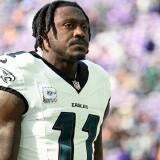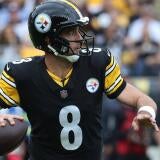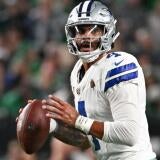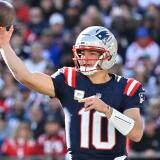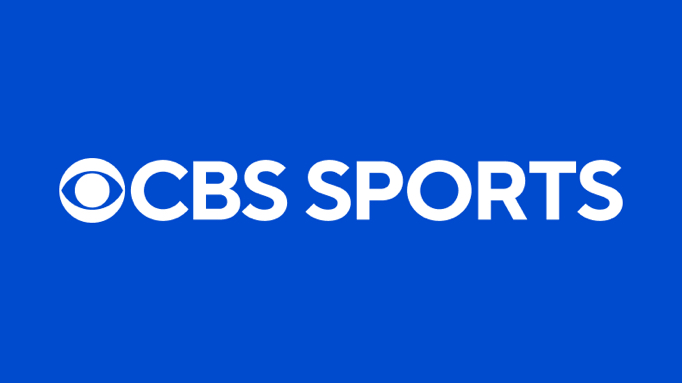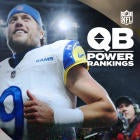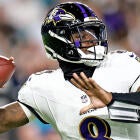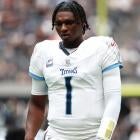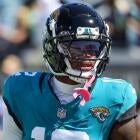
Travis Hunter was on verge of breaking out at WR -- now knee surgery has ended the Jaguars rookie's season
Hunter was coming off his best game of the season before suffering the non-contact injury at practice in late October
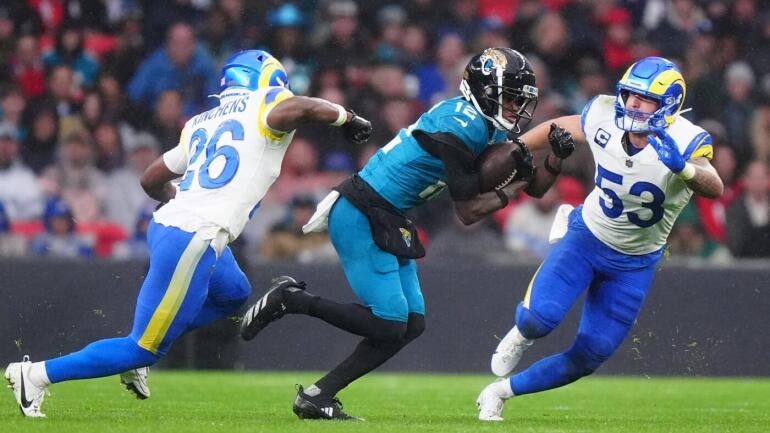
Travis Hunter's breakout will have to wait until next season. The Jaguars rookie underwent season-ending surgery on Tuesday after he suffered a non-contact knee injury at practice in late October and was placed on injured reserve. The issue was initially expected to sideline him for four games, but it instead ended his rookie year.
The injury unfortunately arrived just as Hunter appeared to be finding his footing -- and potentially ascending into a featured role on offense -- after an uneven first month of the season where the Jaguars struggled to figure out the best way to use the wide receiver/cornerback.
Through the first three weeks, Hunter was a part-time player on both sides of the ball, and he wasn't especially productive in either role. His offensive involvement came along slowly, even while he played more overall snaps on that side early on.
Hunter played just 59% of offensive snaps and 47% on defense through those first three games, and he totaled just 10 receptions for 76 yards, along with nine tackles and one pass breakup. The reps at cornerback looked pretty good, but he mostly wasn't playing enough on that side to make a significant impact until Jarrian Jones got hurt and he took over a larger role. But when that happened, the Jaguars dramatically decreased his offensive reps, and he struggled to make any impact at receiver.
It was a far cry from the player we saw be so dominant on both offense and defense in 2024 that he was named both the Biletnikoff Award winner as the nation's outstanding receiver at any position and the Bednarik Award winner as the country's best defender.
Over the next several weeks, the trend reversed itself a bit. The Jaguars played Hunter for a larger share of offensive snaps than the previous week for every game from Week 3 through Week 7, culminating in an 87% snap rate during his breakout game against the Los Angeles Rams in London.
His snap rate on defense was a little more inconsistent, but he still found a way to make his presence felt on that side of the ball with more consistent coverage and getting his hands on the ball slightly more often. He was only credited with two official pass breakups, but in watching back the tape I would give him at least three or four.
Travis Hunter's 2025 usage
| Week | Off % | Def % | Tgt | Rec | Yds | Tkl | PBU |
|---|---|---|---|---|---|---|---|
| 1 | 63.6% | 9.4% | 8 | 6 | 33 | 1 | 0 |
| 2 | 59.2% | 62.3% | 6 | 3 | 22 | 2 | 1 |
| 3 | 52.9% | 68.3% | 2 | 1 | 21 | 6 | 0 |
| Total | 59% | 47% | 16 | 10 | 76 | 9 | 1 |
| 4 | 55.9% | 13.6% | 5 | 3 | 42 | 2 | 0 |
| 5 | 67.2% | 39.1% | 3 | 3 | 64 | 2 | 1 |
| 6 | 77.6% | 40.0% | 7 | 4 | 15 | 2 | 0 |
| 7 | 87.0% | 20.0% | 14 | 8 | 101 | 0 | 1 |
| Total | 73% | 27% | 29 | 18 | 222 | 6 | 2 |
His offensive performance vs. L.A (in what became his final appearance of the season) was everything that Hunter backers wanted to see from him as a receiver. Not only did he work the short areas of the field to snag passes underneath and create yards after the catch, but he also consistently worked the intermediate and deeper areas for seemingly the first time all season. His first career touchdown grab came on a corner route where he beat Quentin Lake at the top of his break and found himself open in the deep part of the field.
TRAVIS HUNTER FIRST CAREER TOUCHDOWN ‼️
— NFL (@NFL) October 19, 2025
LARvsJAX on @nflnetwork
Also streaming on @NFLPlus pic.twitter.com/Sta2sLUZ7h
That was one of three passes of at least 10 air yards that he caught in the game, according to Tru Media -- one more than he had caught in the previous six games combined. As we noted in the story linked at the top of this post, Hunter was almost exclusively used on short passes and screens earlier in the year. And of the two deeper catches he had prior to the Rams game, one of them came on a broken play. The three he caught against L.A. were all in the rhythm of the offense. It was extremely encouraging.
With the 87% route share and the 14 targets he accumulated in that game, it looked like Hunter was beginning to assert himself as arguably the top target in Jacksonville's offense, given Brian Thomas Jr.'s struggles to start the year.
Instead, he'll be out for the remainder of the season, and the injury opens up new questions about whether he should even play both ways moving forward.
The Jaguars obviously moved up for Hunter in the draft at least in part because of his potential to impact the game on both sides of the ball, but there was heavy skepticism from people both inside and outside the league about whether his body would be able to hold up to the burden. At least in his first season, it didn't. Hunter was injured in practice and there is no real way to directly tie the injury to his having played both offense and defense in practices and games, but it's fair to wonder whether a player of his size (6-1, 185 pounds) can hold up over the longer term playing both ways.
Hunter is probably a better natural cornerback than he is as a wide receiver. That was the prevailing thought coming into the draft, and the Jaguars seemed to confirm that thought when they had Hunter spend more time at receiver than corner during the offseason program because they thought he needed more work there than he did at DB. He also played better at corner early in his first season than he did at receiver, where it took him more time to get ramped up. (And that's even accounting for the early snap disparity.)
But one wideout can probably make more of an impact on the game than can one cornerback, because the defensive backfield tends to be a "weak link" position group while wide receiver is where one star can break the game himself. That is, if Hunter were to become the fully-realized version of himself on only one side of the ball, it would probably be more beneficial to the Jaguars if he did it on offense rather than defense -- especially in the wake of Brian Thomas Jr.'s regression during his sophomore season.
Still, one early-career injury seems unlikely to fully deter the Jags from using Hunter on both sides of the field. With a few months of rehab and another full offseason in the team's strength and conditioning program, he should come back next season healthier and stronger. If he can play both offense and defense, even if he's just part time on one side or the other, that only makes him even more valuable. And one setback along the way probably shouldn't be enough to cause Jacksonville to abandon the experiment.



